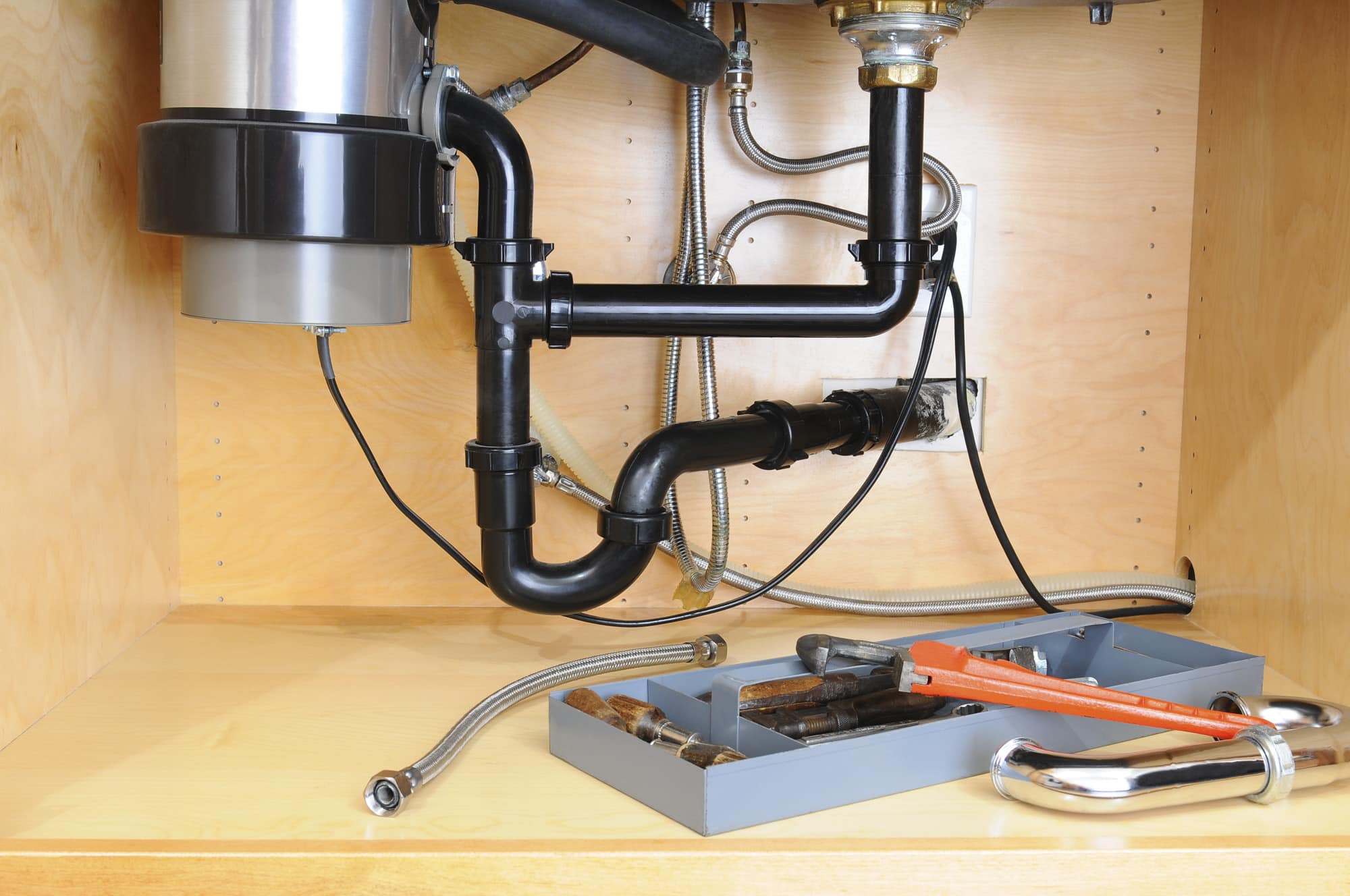How to Install a Kitchen Sink
Installing a kitchen sink may seem like a daunting task, but with the right tools and instructions, it can be a simple and rewarding DIY project. Follow these steps to install a new kitchen sink in your home.
First, gather all the necessary tools and materials, including a new kitchen sink, faucet, drain assembly, plumber's putty, and silicone sealant. Make sure to turn off the water supply before beginning any work.
How to Install a Kitchen Sink Drain
The drain assembly is a crucial part of your kitchen sink plumbing. To install it, start by applying plumber's putty around the drain opening on the sink. Insert the drain basket and tighten the mounting nut from underneath. Next, attach the tailpiece to the drain basket and connect it to the main drain line. Finally, secure the P-trap to the tailpiece and drain line.
How to Install a Kitchen Sink Strainer
The strainer is the part of the drain assembly that prevents debris from clogging your pipes. To install it, place the strainer on top of the drain opening and secure it with the provided screws. Make sure to use plumber's putty between the strainer and the sink for a watertight seal.
How to Install a Kitchen Sink Faucet
Installing a new faucet can instantly update the look of your kitchen. First, attach the faucet to the sink according to the manufacturer's instructions. Then, insert the supply lines through the mounting holes and secure them with the provided nuts. Finally, connect the supply lines to the shut-off valves and turn the water supply back on.
How to Install a Kitchen Sink Plumbing
The plumbing for your kitchen sink consists of a hot and cold water supply line, a drain line, and a P-trap. Make sure to measure and cut the supply lines to the correct length before connecting them to the faucet. The drain line should be connected to the P-trap and then to the main drain line.
How to Install a Kitchen Sink Plumbing Vent
A plumbing vent is necessary to allow air into the drain system and prevent air locks. To install a vent, locate the main vent stack in your home and connect the vent pipe from your kitchen sink to it. The vent pipe should be sloped slightly towards the main vent stack.
How to Install a Kitchen Sink Plumbing with Disposal
If you have a garbage disposal, the plumbing for your kitchen sink will be slightly different. The disposal unit should be connected to the drain line with a special disposal connector. Make sure to follow the manufacturer's instructions and secure all connections tightly.
How to Install a Kitchen Sink Plumbing with Dishwasher
If you have a dishwasher, you will need to connect its drain line to the sink's drain line. This can be done by installing a dishwasher drain connector to the side of the sink's drain basket. Make sure to secure all connections tightly to prevent leaks.
How to Install a Kitchen Sink Plumbing with Garbage Disposal
If you have a garbage disposal and a dishwasher, you will need to connect both to the sink's drain line. This can be done by installing a double drain connector to the side of the sink's drain basket. Make sure to follow the manufacturer's instructions and secure all connections tightly.
How to Install a Kitchen Sink Plumbing with P Trap
The P-trap is an essential part of your kitchen sink plumbing as it prevents sewer gases from entering your home. To install it, make sure the trap arm is angled down towards the main drain line and the top of the trap is level with the bottom of the sink. Secure all connections tightly.
With these easy-to-follow instructions, you can successfully install a new kitchen sink and plumbing in your home. Remember to always turn off the water supply before beginning any work and to double check all connections for leaks. Happy DIY-ing!
How Proper Kitchen Sink Plumbing Installation Can Enhance Your House Design

Importance of Kitchen Sink Plumbing
/how-to-install-a-sink-drain-2718789-hero-24e898006ed94c9593a2a268b57989a3.jpg) Kitchen sink plumbing
is an essential aspect of any house design. Not only does it play a crucial role in the functionality of your kitchen, but it also has a significant impact on the overall aesthetic of your home. The kitchen sink is one of the most used areas in a house, and it is essential to have a well-installed plumbing system to ensure smooth daily activities. Installing a kitchen sink with proper plumbing can also add value to your home and enhance its overall design.
Kitchen sink plumbing
is an essential aspect of any house design. Not only does it play a crucial role in the functionality of your kitchen, but it also has a significant impact on the overall aesthetic of your home. The kitchen sink is one of the most used areas in a house, and it is essential to have a well-installed plumbing system to ensure smooth daily activities. Installing a kitchen sink with proper plumbing can also add value to your home and enhance its overall design.
Factors to Consider Before Installation
 Before diving into the
kitchen sink plumbing installation
process, there are a few factors that you need to consider. First, you need to decide on the type of sink and faucet you want for your kitchen. There are various options available, such as undermount, top mount, and farmhouse sinks, each with its unique design and installation requirements. You also need to consider the location and placement of your sink, as well as the type of materials you will be using for your sink and plumbing fixtures.
Before diving into the
kitchen sink plumbing installation
process, there are a few factors that you need to consider. First, you need to decide on the type of sink and faucet you want for your kitchen. There are various options available, such as undermount, top mount, and farmhouse sinks, each with its unique design and installation requirements. You also need to consider the location and placement of your sink, as well as the type of materials you will be using for your sink and plumbing fixtures.
The Installation Process
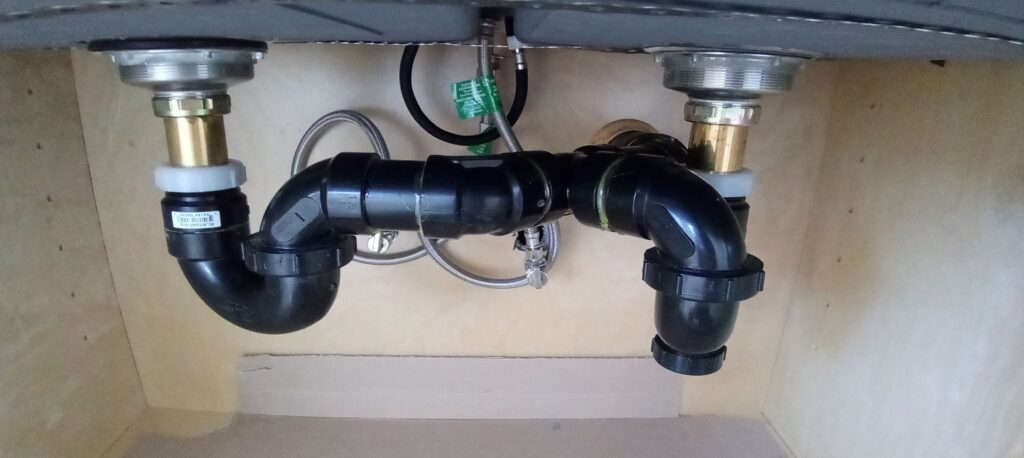 Once you have decided on the type of sink and faucet and have all the necessary materials, it is time to start the installation process. The first step is to prepare the area where the sink will be installed. This includes cutting a hole in the countertop and making sure all necessary plumbing connections are in place. Next, you will need to install the strainer and drain, followed by attaching the sink to the countertop and securing it in place. Finally, you can connect the water supply and drain pipes, making sure all connections are tight and leak-free.
Once you have decided on the type of sink and faucet and have all the necessary materials, it is time to start the installation process. The first step is to prepare the area where the sink will be installed. This includes cutting a hole in the countertop and making sure all necessary plumbing connections are in place. Next, you will need to install the strainer and drain, followed by attaching the sink to the countertop and securing it in place. Finally, you can connect the water supply and drain pipes, making sure all connections are tight and leak-free.
The Benefits of Proper Kitchen Sink Plumbing
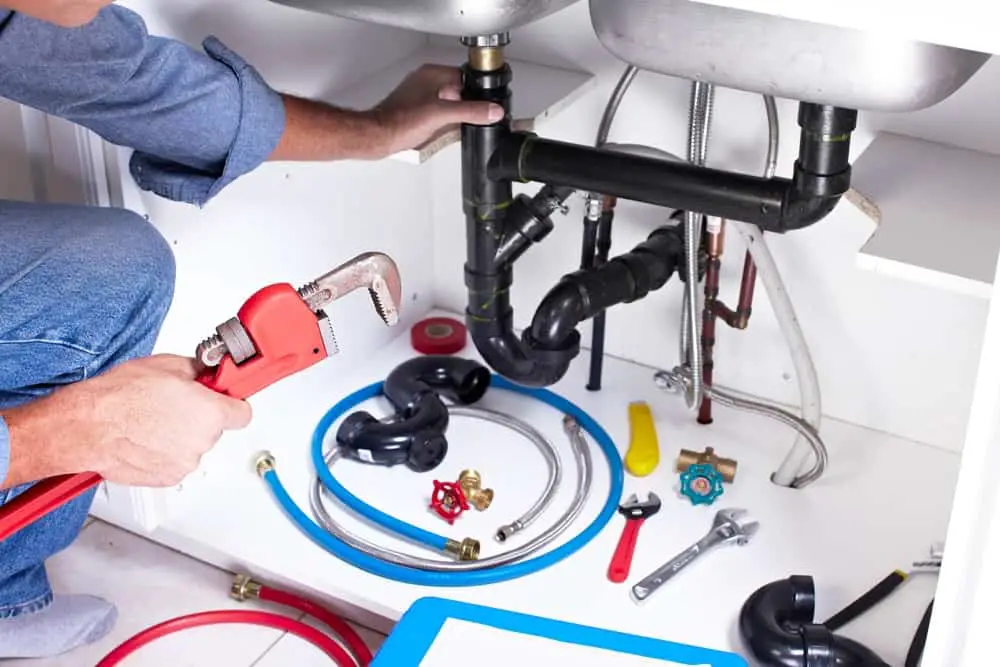 Having a properly installed kitchen sink plumbing system can bring numerous benefits to your house design. It ensures efficient water flow and drainage, preventing any clogs or leaks that can cause damage to your kitchen and home. It also allows for a clean and clutter-free look, as most of the plumbing is hidden under the sink. Moreover, with a variety of sink and faucet options available, you can choose one that complements your house design and adds to its overall aesthetics.
Having a properly installed kitchen sink plumbing system can bring numerous benefits to your house design. It ensures efficient water flow and drainage, preventing any clogs or leaks that can cause damage to your kitchen and home. It also allows for a clean and clutter-free look, as most of the plumbing is hidden under the sink. Moreover, with a variety of sink and faucet options available, you can choose one that complements your house design and adds to its overall aesthetics.
In Conclusion
 In conclusion,
kitchen sink plumbing
is a crucial aspect of house design that should not be overlooked. It not only provides functionality but also enhances the overall look and value of your home. By considering the factors mentioned above and following the proper installation process, you can ensure a smooth and successful kitchen sink plumbing installation. So go ahead and make the right choice for your kitchen sink plumbing, and enjoy the many benefits it brings to your house design.
In conclusion,
kitchen sink plumbing
is a crucial aspect of house design that should not be overlooked. It not only provides functionality but also enhances the overall look and value of your home. By considering the factors mentioned above and following the proper installation process, you can ensure a smooth and successful kitchen sink plumbing installation. So go ahead and make the right choice for your kitchen sink plumbing, and enjoy the many benefits it brings to your house design.
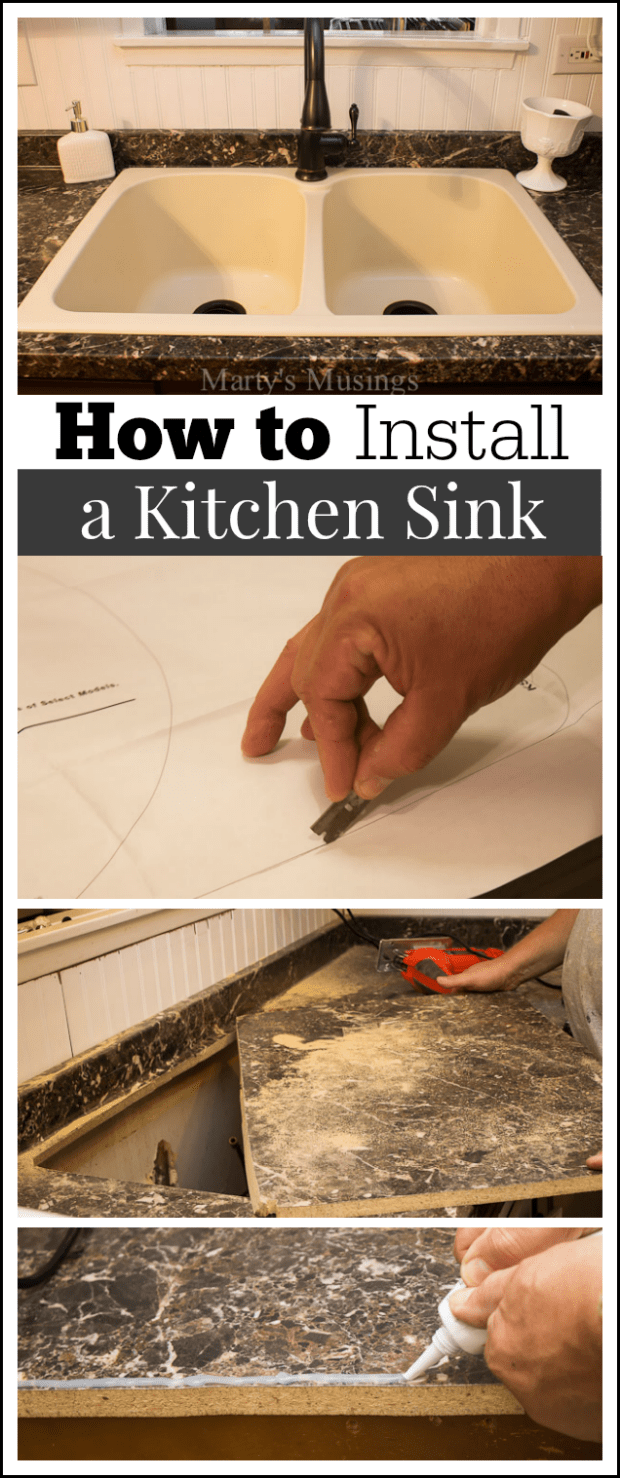






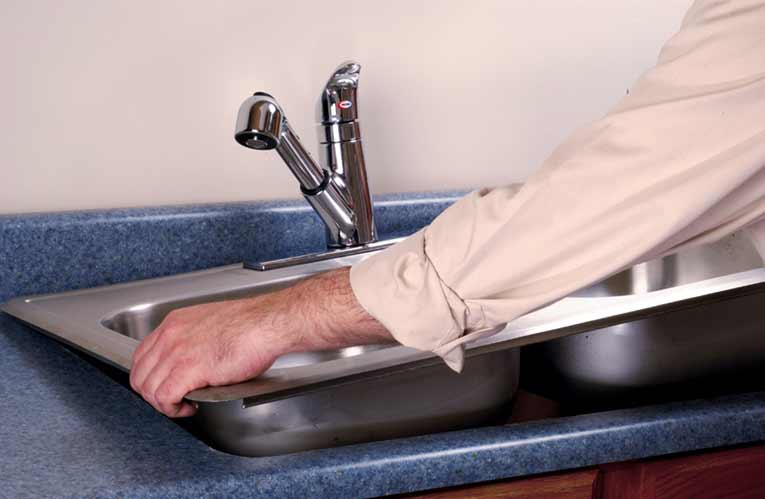
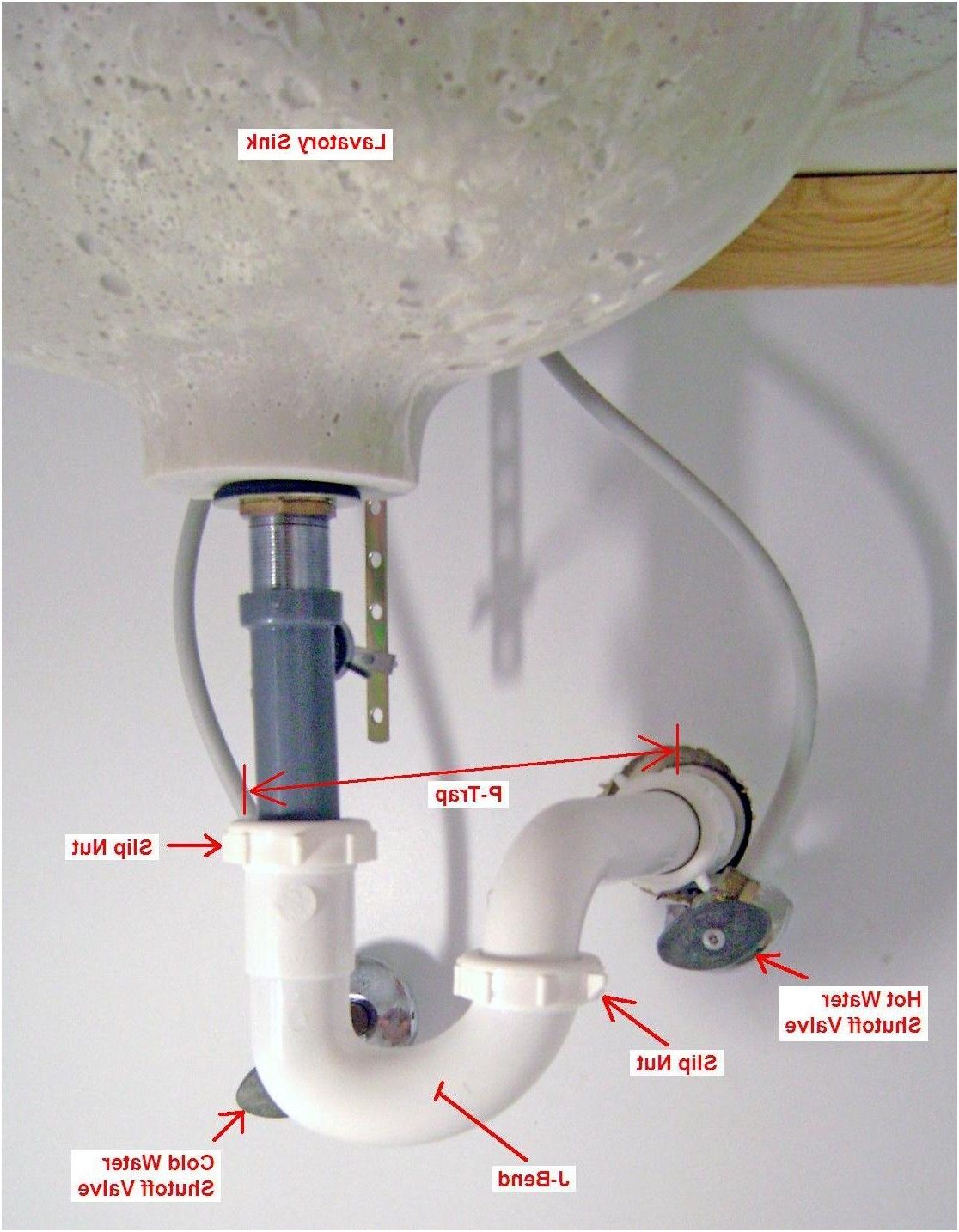
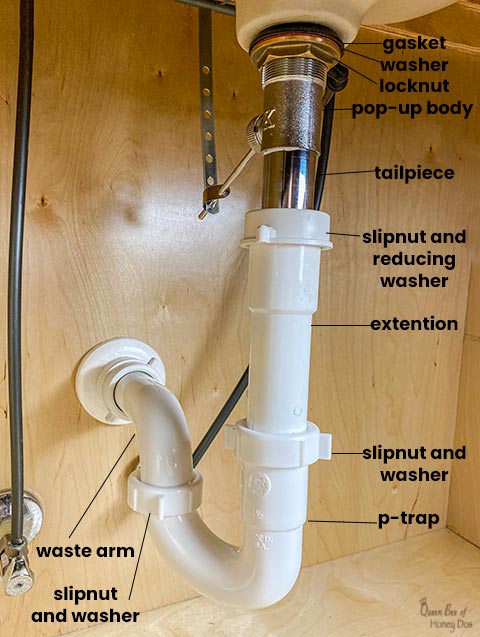

/how-to-install-a-sink-drain-2718789-hero-b5b99f72b5a24bb2ae8364e60539cece.jpg)
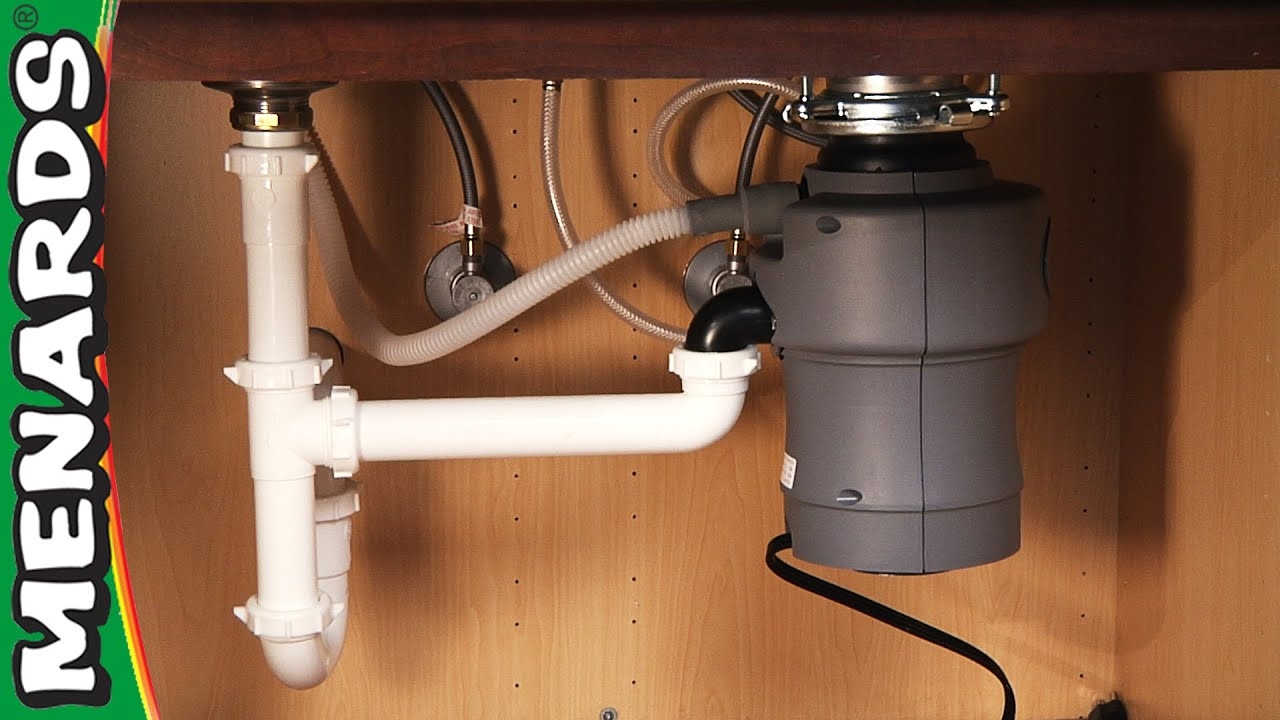

:max_bytes(150000):strip_icc()/how-to-install-a-sink-drain-2718789-hero-24e898006ed94c9593a2a268b57989a3.jpg)


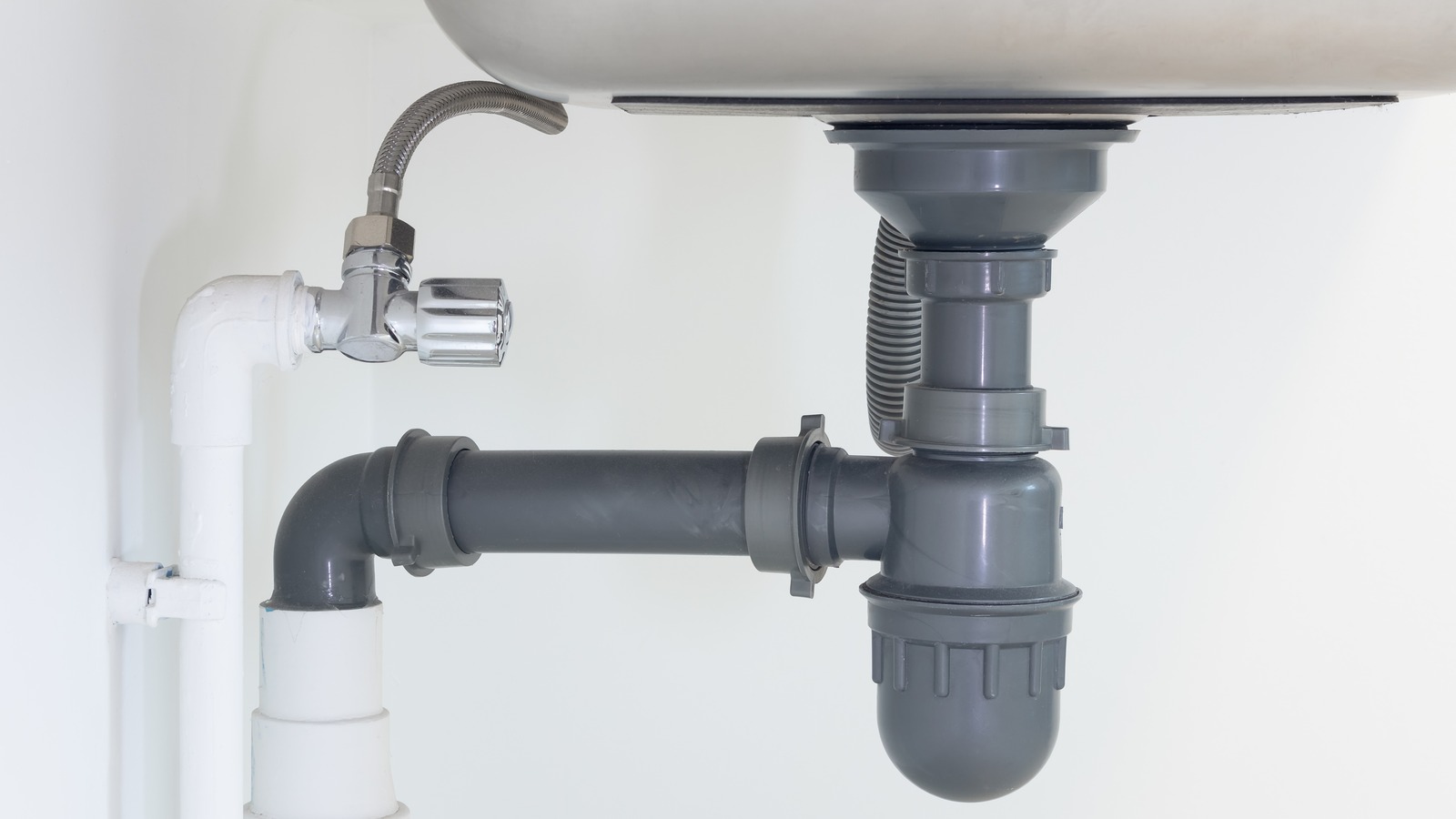













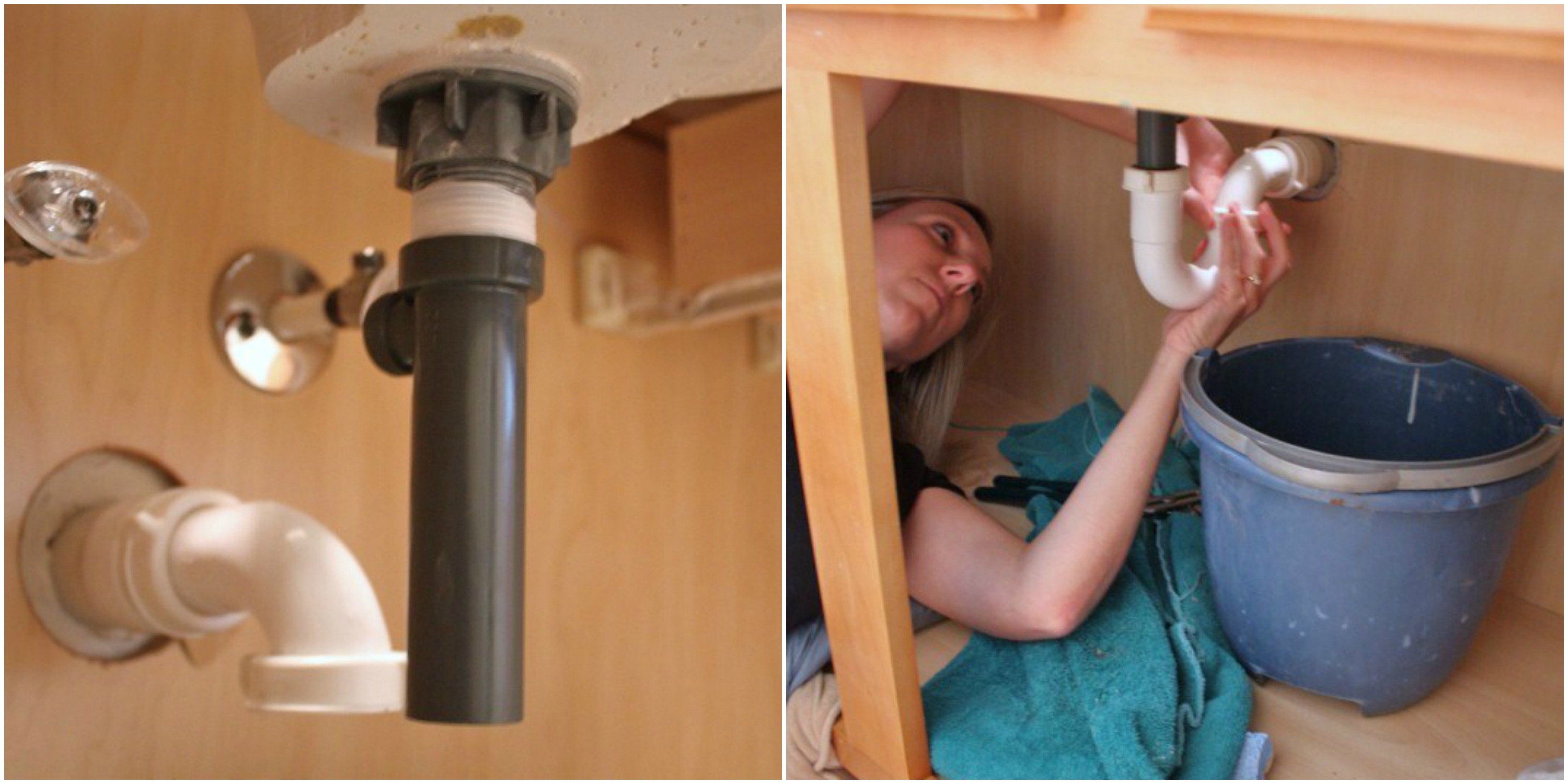



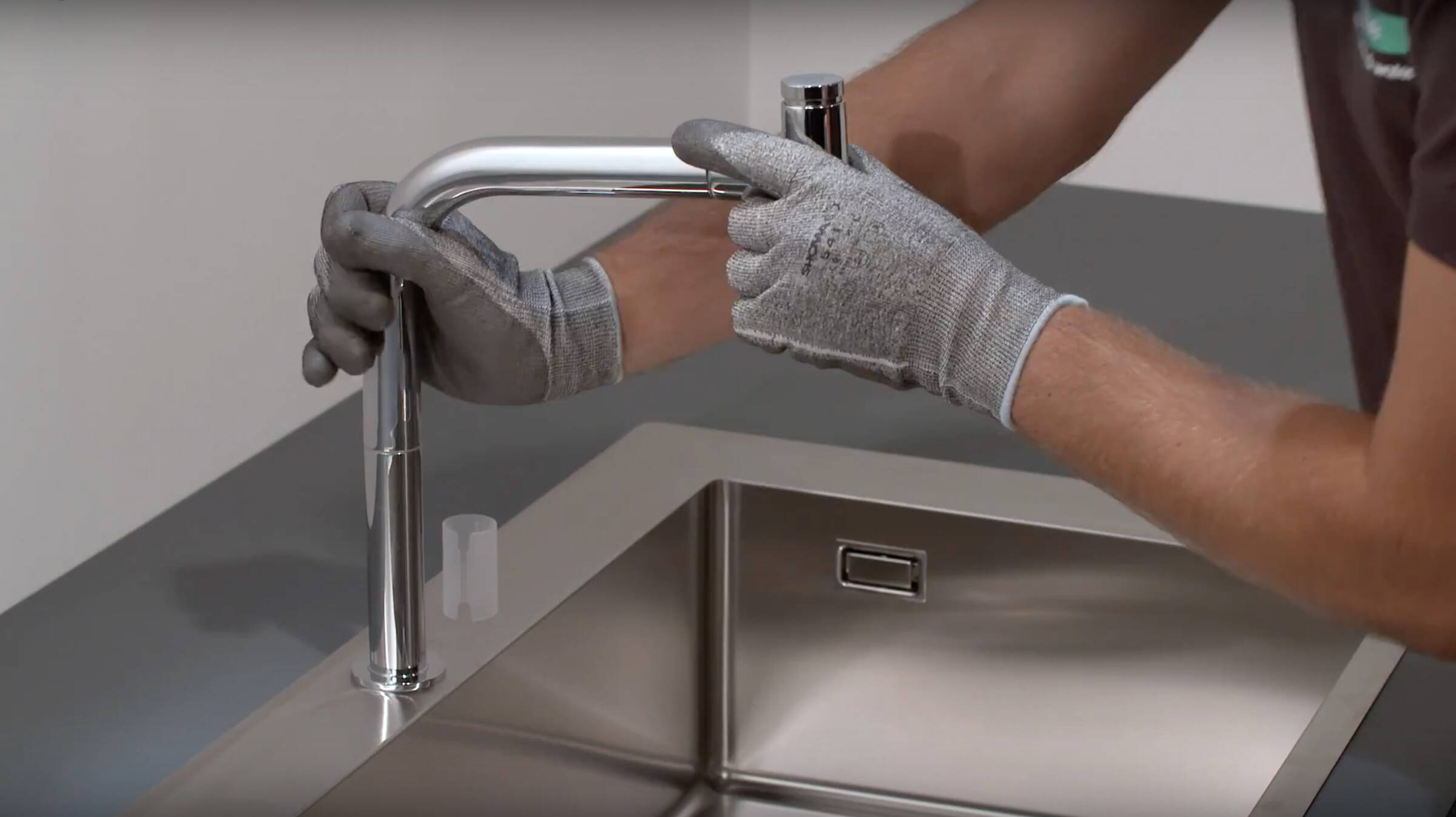








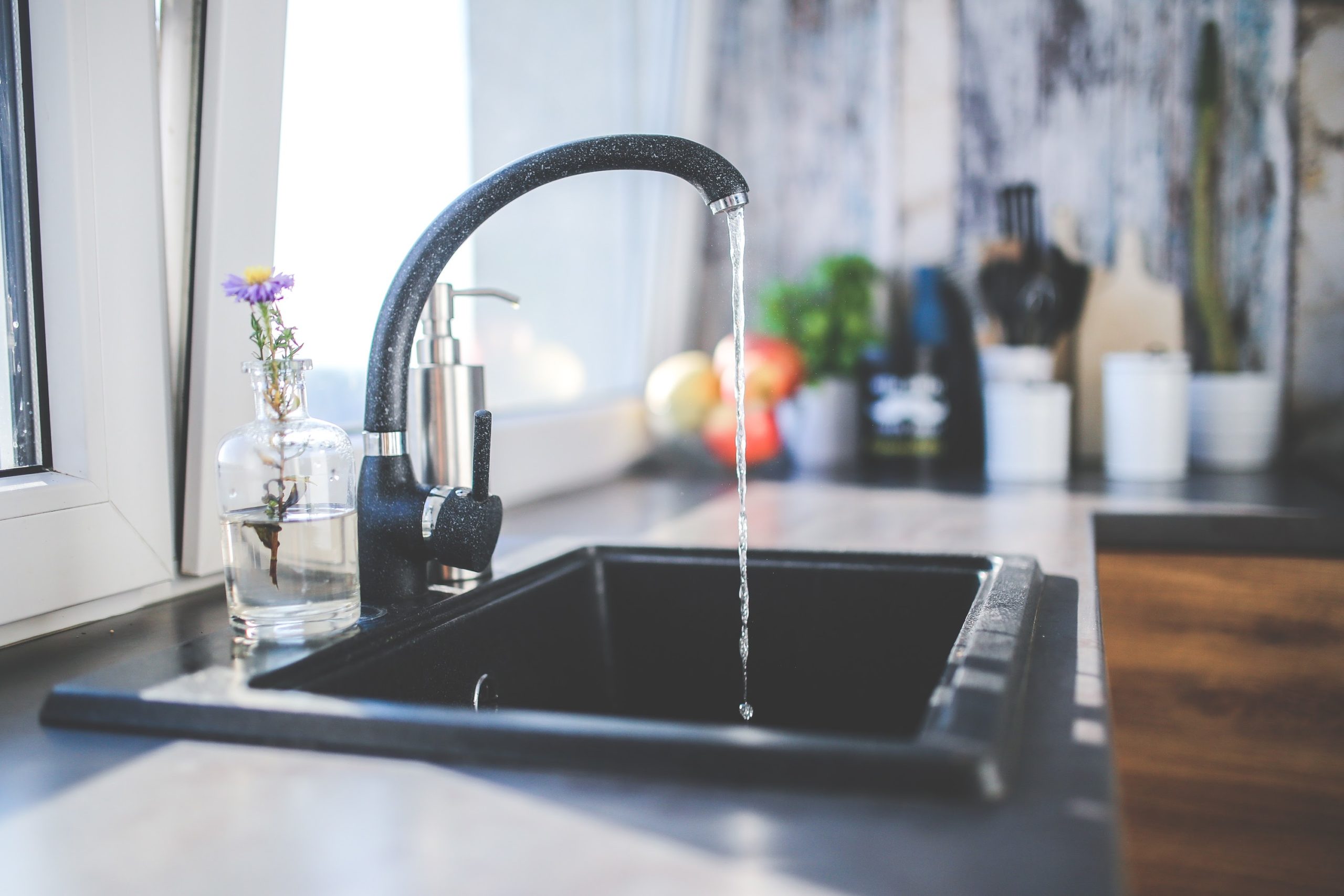

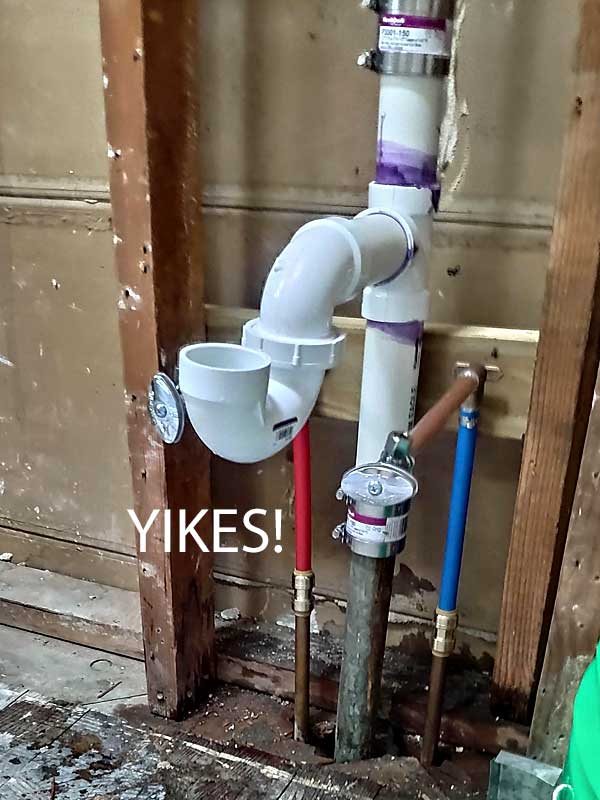














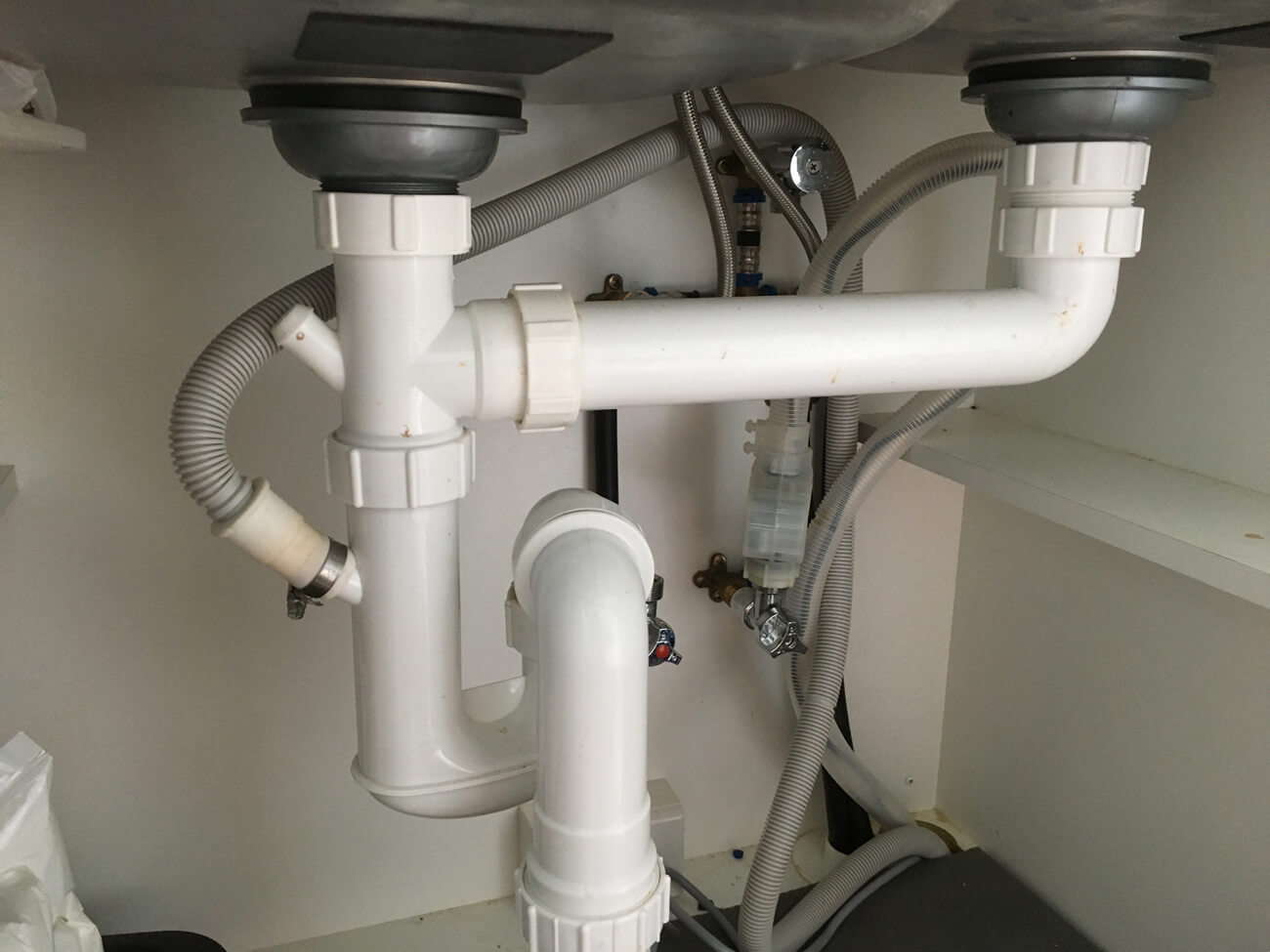
:max_bytes(150000):strip_icc()/GettyImages-186842003-5b732c3ac9e77c0057b2c920.jpg)

